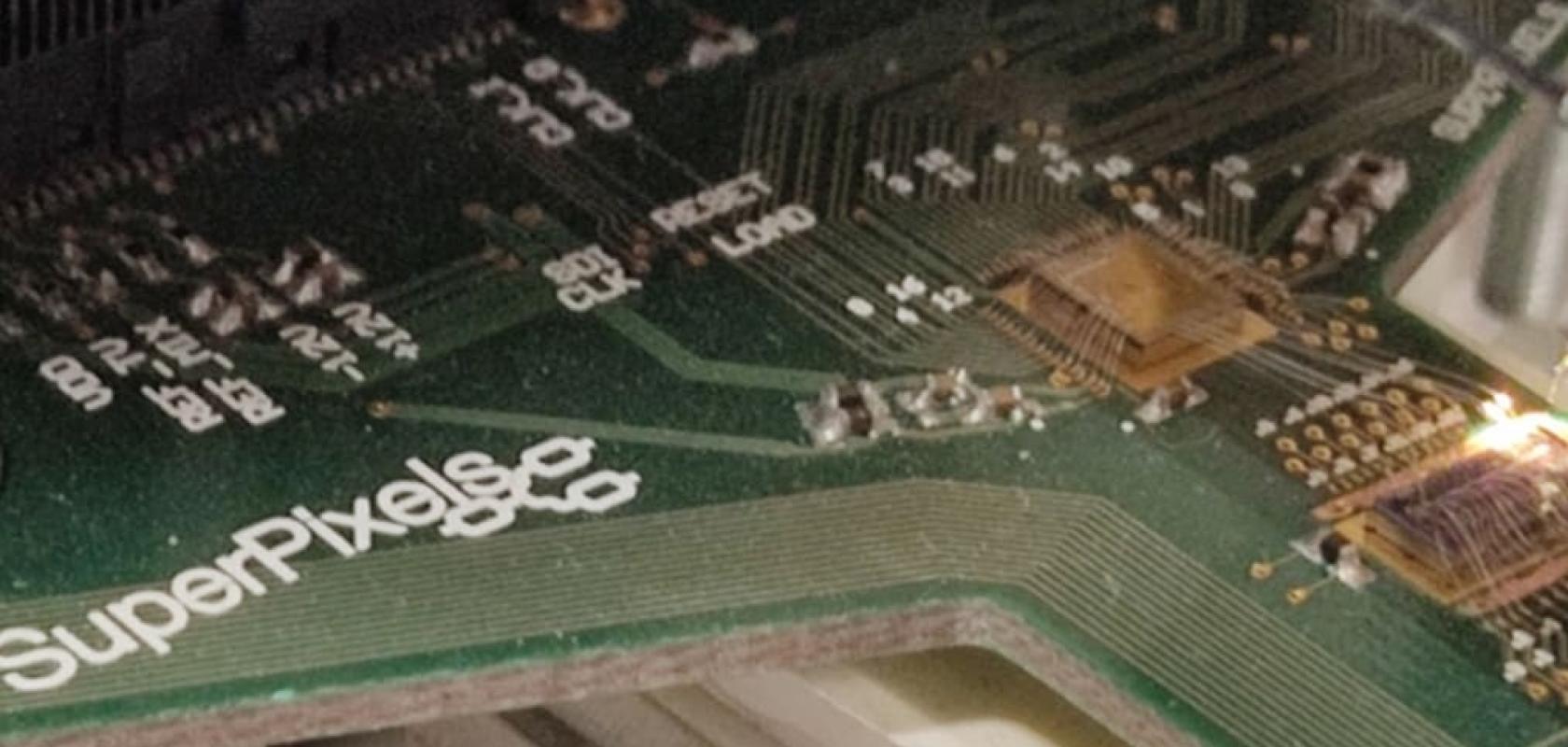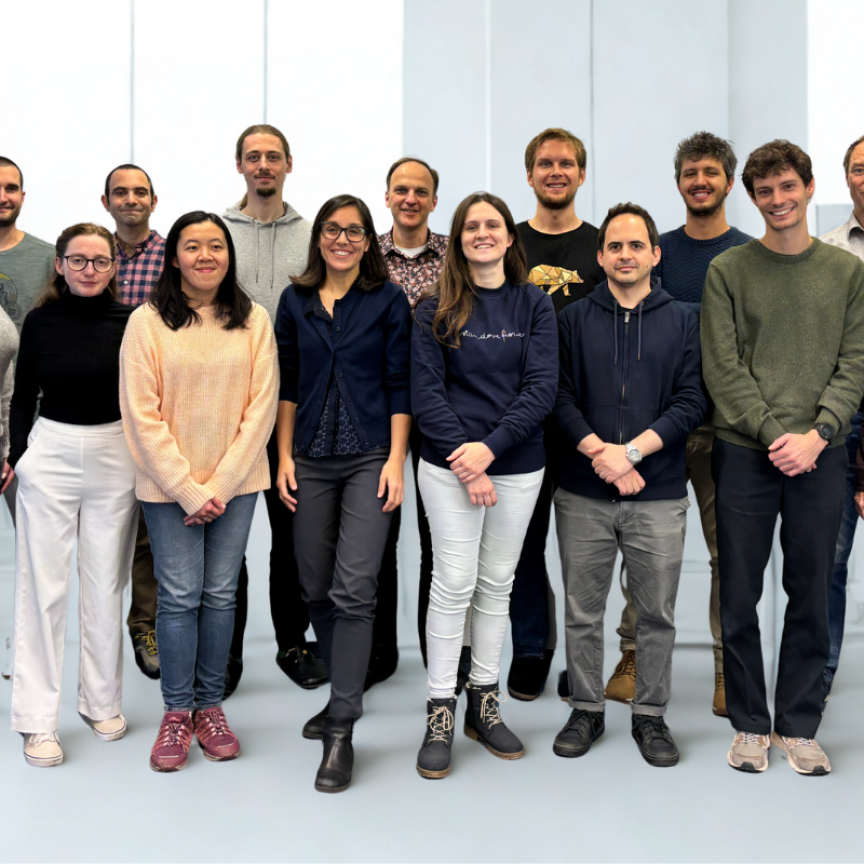A research team has found a way to separate and distinguish optical beams even if even if they share the same wavelength and polarisation, and even with unknown arriving beam shapes.
This operation is made possible by a programmable photonic processor built on a silicon chip of just 5mm2. The processor is able to receive all the optical beams through a multitude of microscopic optical antennas integrated on the chip, to manipulate them through a network of integrated interferometers and to separate them on distinct optical fibres, eliminating mutual interference.
The processor allows information quantities of over 5,000Ghz to be managed, at least 100 times greater than current high-capacity wireless systems.
The study was conducted by the Politecnico di Milano, together with Stanford University, the Scuola Superiore Sant'Anna in Pisa and the University of Glasgow and is published in journal Light: Science & Applications.
Free-space optics naturally offers multiple-channel communications and sensing exploitable in many applications. The different optical beams will, however, generally be overlapping at the receiver, and, especially with atmospheric turbulence or other scattering or aberrations, the arriving beam shapes may not even be known in advance.
The researchers have shown that such beams can be still separated in the optical domain, and simultaneously detected with negligible cross-talk, even if they share the same wavelength and polarisation, and even with unknown arriving beam shapes.
‘A peculiarity of our photonic processor is that it can self-configure very simply, without the need for complex control techniques. This allows scalability to new versions of the device, capable of handling many beams at the same time, further increasing the transmission capacity. It is also able to adapt in real time to compensate for effects introduced by moving obstacles or atmospheric turbulence, allowing the establishment and maintenance of optimal optical connections’, said Francesco Morichetti, head of the Photonic Devices Lab at the Politecnico di Milano.
‘The ability to manage immense flows of information on miniaturised chips is a peculiarity of integrated photonics. Research in this field is conducted by the Scuola Sant’Anna in synergy with the Inphotec infrastructure and with other Italian research centres, including Polifab. This synergy places Italy in a leadership position on photonic technologies for communication, sensors and biomedical’, said Marc Sorel, professor of Electronics at the TeCIP Institute (Telecommunications, Computer Engineering, and Photonics Institute) of the Scuola Superiore Sant'Anna, who took part in the research.
Communicating anytime, anywhere, with anyone and anything has become an essential necessity of our society and of our very existence. In order to exchange information in any situation, while in the car, doing sports or in remote areas of the planet, the most natural and flexible way is to use devices that communicate without cables through free space, wireless. As with cable transmissions, in which an epochal technological leap took place with the advent of optical fibres, for wireless communications too, it is expected that optical connections will soon represent the new frontier.
The activity is funded by the European Horizon2020 Superpixels project, which aims to create next-generation sensor and imaging systems by exploiting the on-chip manipulation of light signals.


